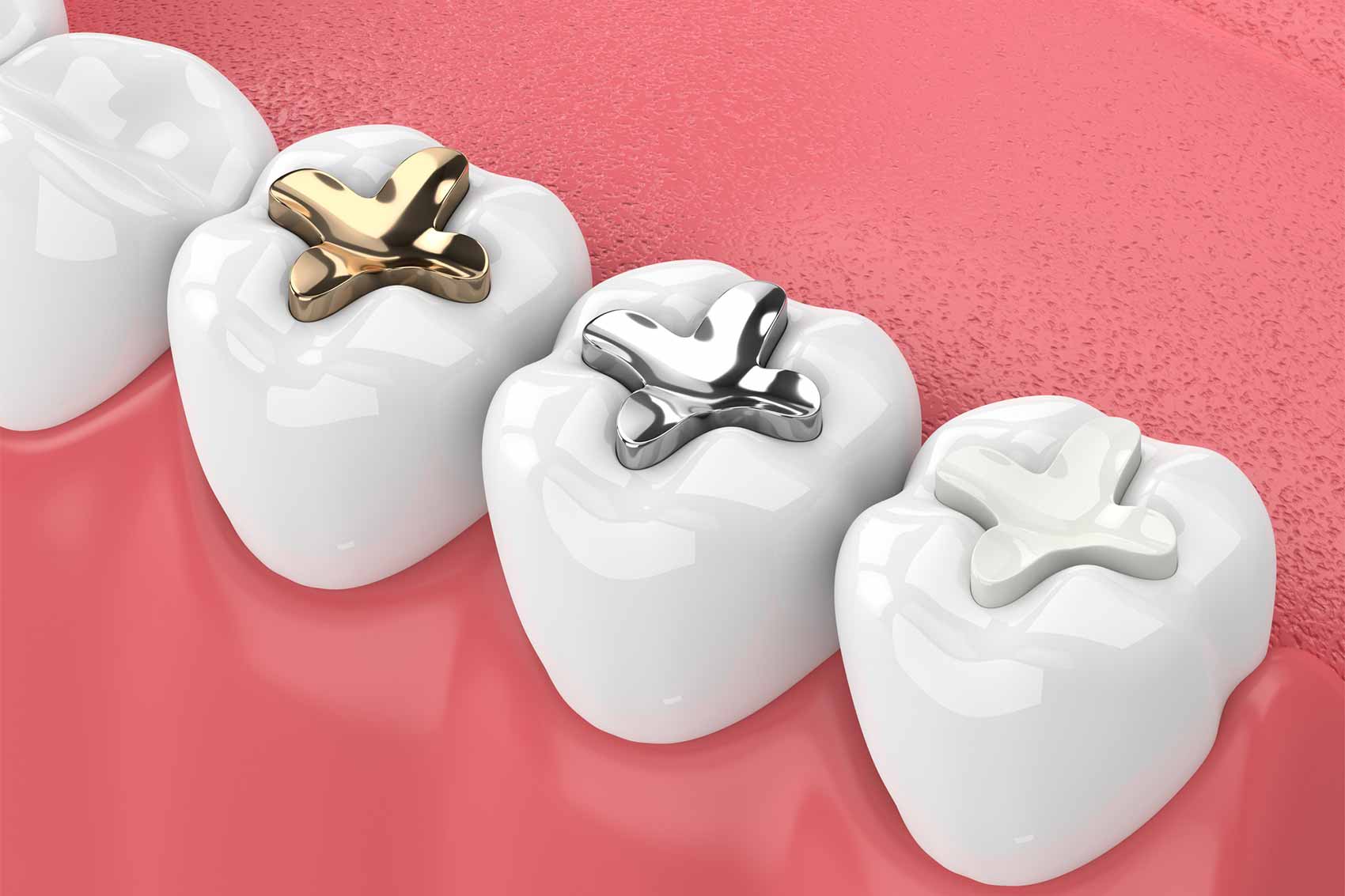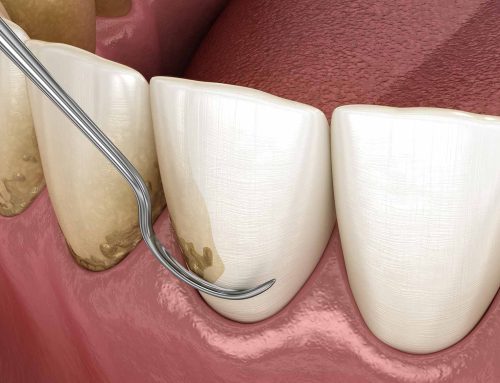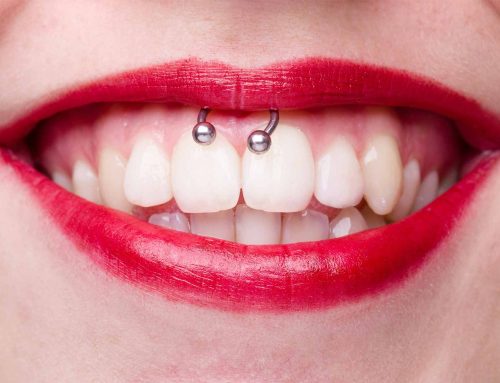What are your feelings about fillings? Sooner or later, most of us will probably need to have this dental procedure, which is one of the most common treatments performed at the dentist’s office. While many of us have gotten or will need to get fillings at some point, few of us understand exactly what they entail.
Keep reading to find the answers to the most common questions regarding the procedure and the cost of dental fillings, including how much pain you can expect, how long it will take to recover and more.
What and how: the basics of dental fillings
1. What are the materials used in dental fillings?
Back in the eighteenth century, tooth fillings were often made of lead, as the material was soft and therefore easy to work with and easy to mold. However, because lead is highly toxic, it was eventually banned for use in dental restorations and replaced with resin components or with amalgams consisting of mercury, silver, copper and tin. Today, the composition of dental fillings has changed completely and no longer poses any risks to your health.
2. What is a composite filling?
As the response to the previous question suggests, some tooth fillings consist of a dental composite—a synthetic resin reinforced with engineered filler glasses and glass ceramics. Composite fillings have the same restorative properties and the same function as their classic counterparts.
3. How long does a filling last?
The average lifespan of a filling is approximately 15 years. In general, the useful life of amalgam fillings (which are silvery-grey in appearance) is slightly longer than that of composite fillings (which are white or tooth-colored). Of course, results may vary depending on individual factors, including how well you care for your teeth and the amount of force you exert when chewing (when you subject the rear teeth to considerable stress, this increases the potential for significant wear).
4. What should I do if I have a broken filling?
The answer is quite simple: contact your dentist as soon as possible! This is the only way to alleviate the pain and prevent further deterioration of the gums and the affected tooth (which could develop a cavity or even a fracture). Are you wondering how you can tell if a filling is in danger of cracking? The warning signs that could indicate a weakened filling include tooth sensitivity, pain when chewing, inflamed gums and perhaps discoloration of the tooth.
5. Are dental fillings painful?
When performing the procedure, the dentist generally administers local anesthesia, making the treatment virtually pain-free. However, he or she will need to remove part of the decayed tooth before filling in the cavity. This necessitates the use of drills and other dental instruments, which can temporarily “traumatize” the tooth, resulting in sensitivity, which should progressively decrease. To aid in your recovery, use a toothbrush with super-soft bristles and toothpaste designed for sensitive teeth. You should also avoid any foods or beverages that are excessively hot or cold.
6. Can any tooth receive a filling?
You can get a filling in just about any tooth, whether a back tooth or a front tooth. The type of filling is up to you, but you should know that white and tooth-colored fillings are the options of choice when it comes to the most visible teeth. Your dentist will know which option is most suitable for you, given your needs and the location of the tooth to be treated.
7. How long does it take to get a filling?
As you may have guessed, there’s no exact answer to this question. On average, the procedure should take between 20 minutes and an hour, depending on the size of the cavity and the material used to fill it. Once you talk it over with your dentist, who knows your dental history, you’ll have a better idea of how long you can expect the treatment to take.
8. Will I be able to eat normally after I’ve had a dental filling?
In the case of amalgam fillings, it’s best to wait 24 hours before eating solid foods, and for the next two weeks, you should avoid any foods that are sticky, hard or difficult to chew. During this same time, you should also abstain from consuming any beverages that are overly hot or cold. Since composite fillings harden more quickly, you can eat and drink normally immediately after the procedure; however, to minimize any potential discomfort, it’s still recommendable to start with foods that are easy to chew.
9. Are there any possible side effects or allergic reactions to the materials used in fillings?
As with any medical procedure, there’s no guarantee that fillings are totally risk-free; however, in general, side effects and allergic reactions are rare, and if they do occur, they tend to be mild. All the same, you can’t completely rule out the possibility of tooth sensitivity or an allergic reaction to the mercury or other filling components.
Appearance and cost: your smile and your budget
10. How much does it cost to get a filling at the dentist’s office?
This question is undoubtedly at the top of your list! As in the case of the duration of the operation, it’s difficult to establish a fixed rate, as it will depend on the material used, the location of the tooth, the size of the repair area and your dentist’s pricing policies. Based on these criteria, you can expect to pay roughly between $75 and $300 for a dental filling.
11. Are white and tooth-colored fillings more expensive?
As we’ve already mentioned, white and tooth-colored fillings are composites, while silvery-grey fillings are amalgams. In a head-to-head comparison, an amalgam filling on a molar should cost around $75, while a composite filling on the same molar should cost around $130. Why the difference? It’s because the materials are more expensive, the treatment techniques are more complex and the results are more esthetically pleasing. The latter is often a deciding factor for patients who don’t mind spending a little more to benefit from a smile that’s less “metallic”.
12. Can I replace an amalgam filling with a composite filling?
Absolutely! If you’re willing to spend a little extra money and pay a visit to your dentist’s office to discuss your restoration options, you can indeed replace your silvery-grey filling with a white or tooth-colored one.
13. What are some other types of materials used in dental fillings?
In addition to amalgams and composites, did you know that you can get fillings made of glass ionomer cement, porcelain or even gold? The first of these is a mixture of glass and acrylic that releases fluoride to protect the teeth against cavities. With a lifespan of just a few years, it can’t compete with the two most common materials, which can last more than 15 years and are more suitable for use in complex cases.
14. Will my dental insurance cover the cost of fillings?
Since the RAMQ (the Quebec Health Insurance Board) considers amalgam fillings in the bicuspids and molars to be part of basic dental care for children, these fillings are partially covered. On the other hand, the cost of composite fillings for the front teeth is not reimbursable. For those who aren’t eligible for RAMQ, coverage for fillings will depend on their private dental insurance or their particular situation (some individuals may qualify for the Canada Dental Benefit). The best course of action is to consult your insurer or your dentist for more precise information on your coverage.
And if you have any further questions, the experts at Clinique Dentaire Charles Trottier will be more than happy to answer them… with a smile!
Sources:
Laboratoire Médident. Le plombage dentaire. Questions-réponses. [Dental fillings. Questions and answers.] 2020.
Antalya Smile Designs. Lifetime of Dental Fillings. 2024.
Cadieux Langevin Centre dentaire. Le plombage dentaire : tout ce que vous devez savoir sur le sujet. [Dental fillings: everything you should know about the topic.] 2024.
Dentaly. Plombage ou amalgame dentaire : prix, utilité et risques pour la santé. [Dental fillings and amalgams: price, value and health risks]. 2023.





